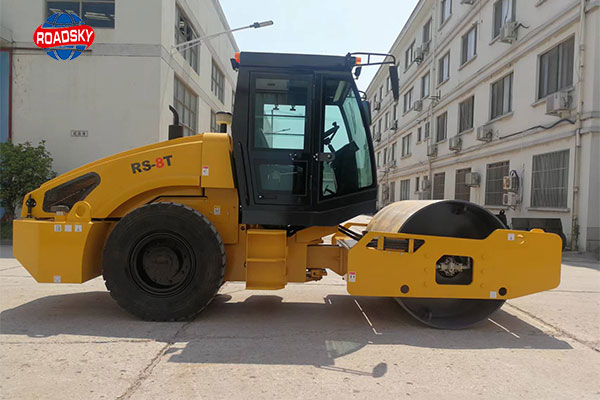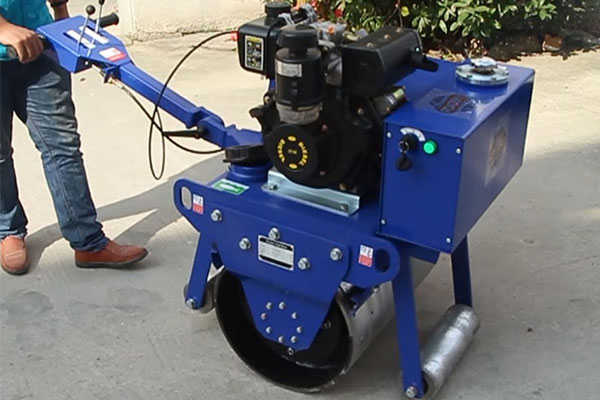Types of Rollers Commonly Used in Construction Projects
Construction projects, whether large-scale infrastructure developments or smaller residential builds, all require proper compaction of the soil and pavement materials to ensure structural integrity and longevity. One crucial piece of equipment that aids in achieving this goal is rollers. Rollers are versatile machines that come in various types, each designed for specific tasks. In this article, we will delve into the common types of rollers used in construction projects and their applications.
1. Smooth Drum Rollers
Smooth drum rollers, also known as vibratory rollers, are one of the most frequently used rollers in construction. They are designed to compact soil, gravel, asphalt, and other materials. The key feature of smooth drum rollers is the vibrating drum that exerts both static and dynamic pressure on the surface, achieving high compaction efficiency. These rollers are commonly used for road construction, parking lots, and foundation compaction.
2. Padfoot Rollers
Padfoot rollers are a variant of smooth drum rollers, with one significant difference: they have a series of protruding, segmented pads on their drum. These pads create a kneading effect during compaction, making padfoot rollers ideal for compacting cohesive soils. They are often employed in projects involving clay or silt soil types, such as dam construction and landfills.
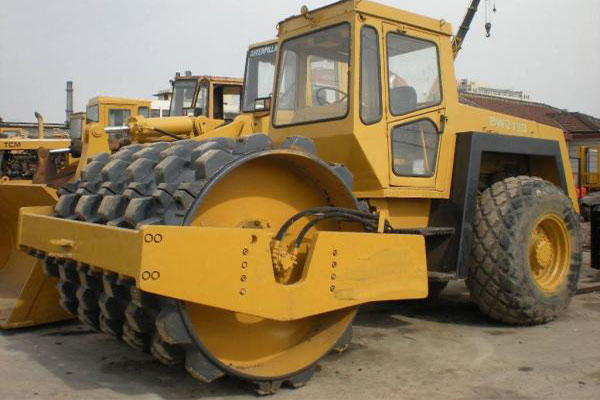
3. Pneumatic Rollers
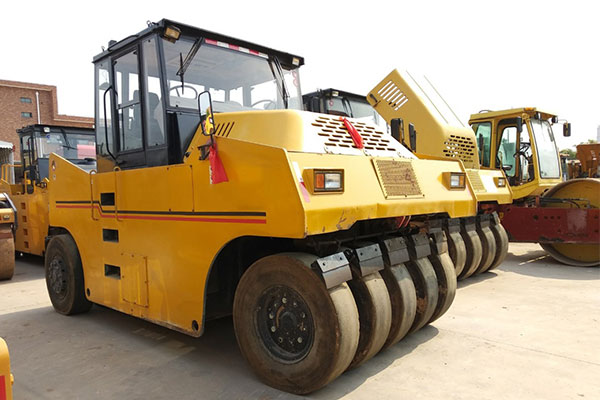
Pneumatic rollers, equipped with rubber tires or rubber-coated steel wheels, are commonly used in construction projects that require precision and delicate compaction. These rollers are versatile and can be fine-tuned to meet specific compaction needs. Pneumatic rollers are often employed for asphalt compaction in road construction and overlay projects.
4. Sheepsfoot Rollers
Sheepsfoot rollers, or tamping foot rollers, feature a drum equipped with a grid of round or rectangular protrusions that resemble a sheep’s foot. They are specifically designed for compacting cohesive soils and materials with a high clay content. The protrusions create deep, uniform compaction and are often used in projects like landfill construction and pipeline trench backfilling.
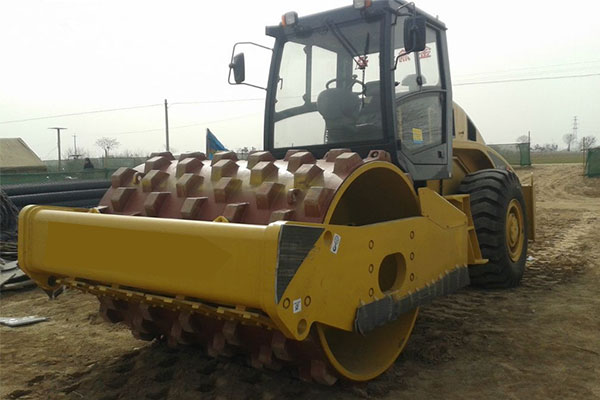
5. Tandem Rollers
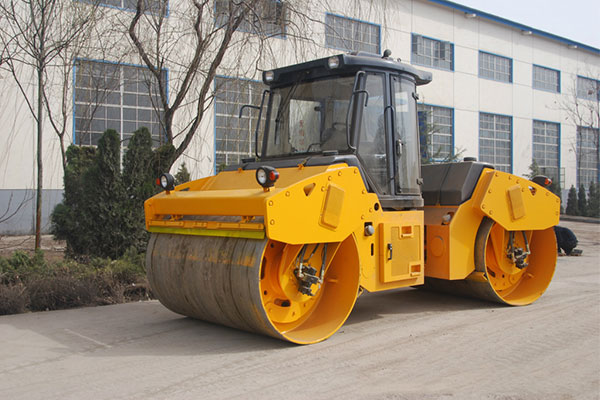
Tandem rollers consist of two or more drums, usually a combination of smooth and pneumatic drums, positioned one behind the other. These rollers are versatile and can be used for a variety of compaction tasks, including soil and asphalt compaction. Tandem rollers provide the benefits of both types of drums, offering efficient compaction and a smooth finish.
6. Single Drum Rollers
Single drum rollers are compact and versatile machines designed for smaller-scale construction projects. They feature a single smooth drum, which can be either static or vibratory. Single drum rollers are ideal for compacting granular materials, preparing building sites, and even small road repairs. Their smaller size and maneuverability make them a cost-effective choice for contractors working on projects with limited space.
Conclusion
In construction projects, rollers play a crucial role in achieving proper compaction of various materials, ensuring the longevity and stability of structures. By understanding the common types of rollers and their respective applications, construction professionals can select the right equipment for the job.
Get Quality Rollers
RoadSky is a professional road roller supplier, including large rollers, small rollers and other types to meet the different needs of customers. If you are looking for a roller for your project, you can contact us directly for more information.


